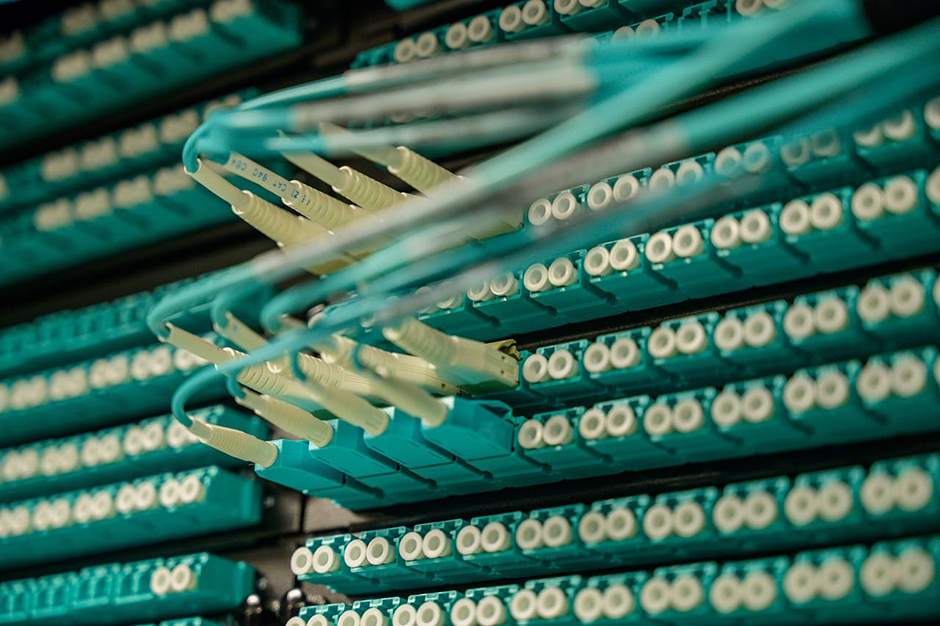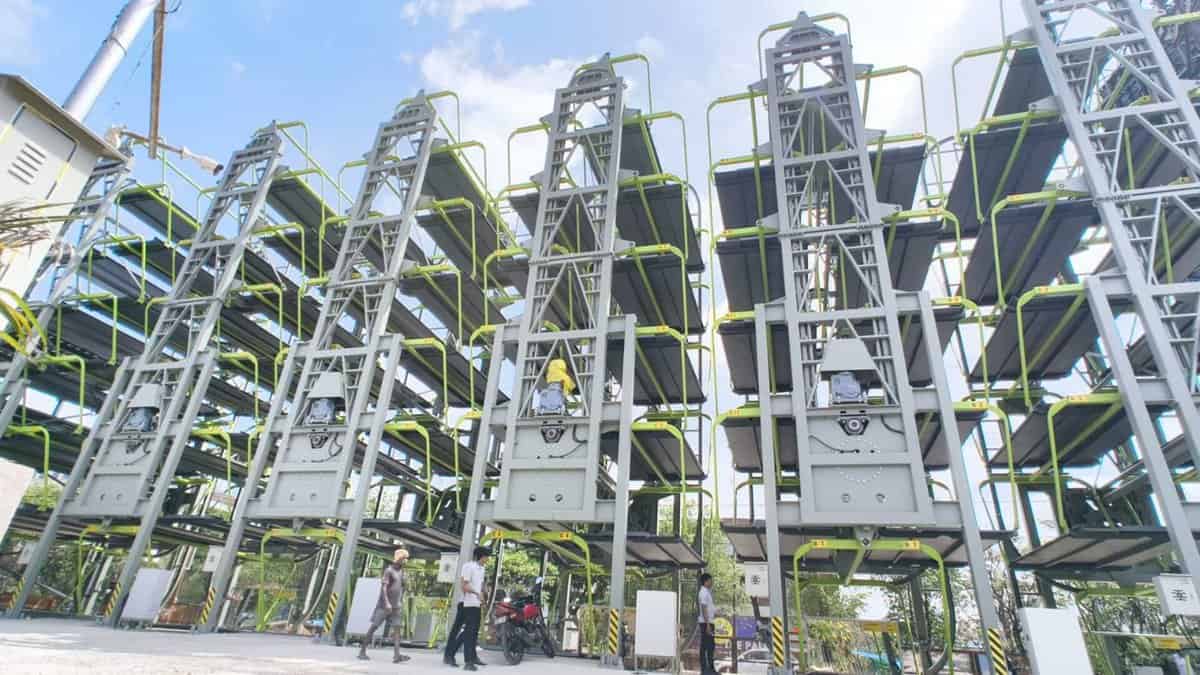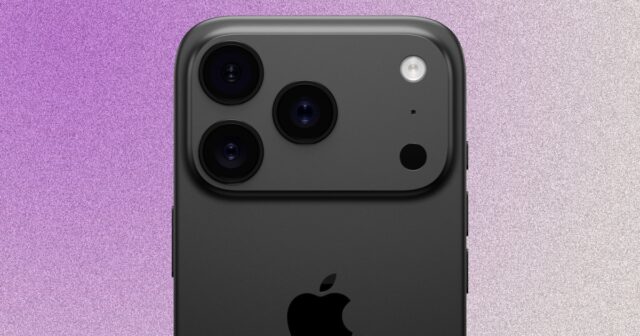The expected date of the iPhone 17 launch is less than five months away, but Apple’s initial inventory buildup has run into a few hiccups. Before launching a new device — especially one that will likely sell out quickly — companies tend to make sure there is sufficient supply to meet the demand. However, a shortage of a vital component means Apple isn’t able to produce iPhone 17 devices as fast as they need to.
The component in question is low thermal expansion coefficient, or low-CTE, fiberglass cloth. Low-CTE fiberglass cloth is a key part of managing heat. In a closed, tightly-packed environment like an iPhone chassis, heat isn’t able to dissipate as easily. Without a way to handle it correctly, the increased temperatures can cause other components to expand. While this usually isn’t enough to outright break a phone, it can reduce its longevity, result in performance problems, and have a serious impact on battery life.
According to an insider, Apple has urged its contacts in the supply chain to help correct the problem. Tim Cook is reportedly “extremely anxious” about the issue. Grace Fabric Technology is Apple’s primary source for the fabric (as well as the world’s largest supplier overall) and is one of only two companies capable of mass-producing ultra-thin low-CTE fiberglass cloth.
The iPhone 17 is shaping up for a rocky launch. Apple already has a lot on its plate with the ongoing Siri delay and the threat of higher prices due to tariffs. Production costs have also increased, and it isn’t clear yet whether Apple intends to absorb the costs or pass them on to consumers. Last year saw an increase in the number of people buying used iPhones, and if the iPhone 17 series sees a belated launch with higher prices, even die-hard Apple fans might think twice before making the plunge.

















































